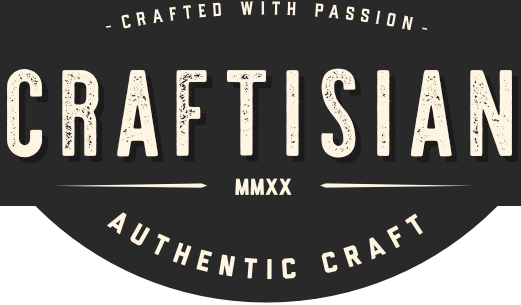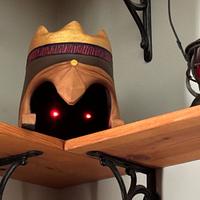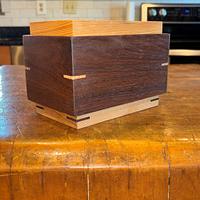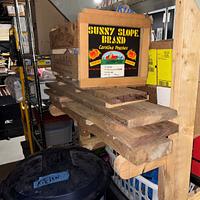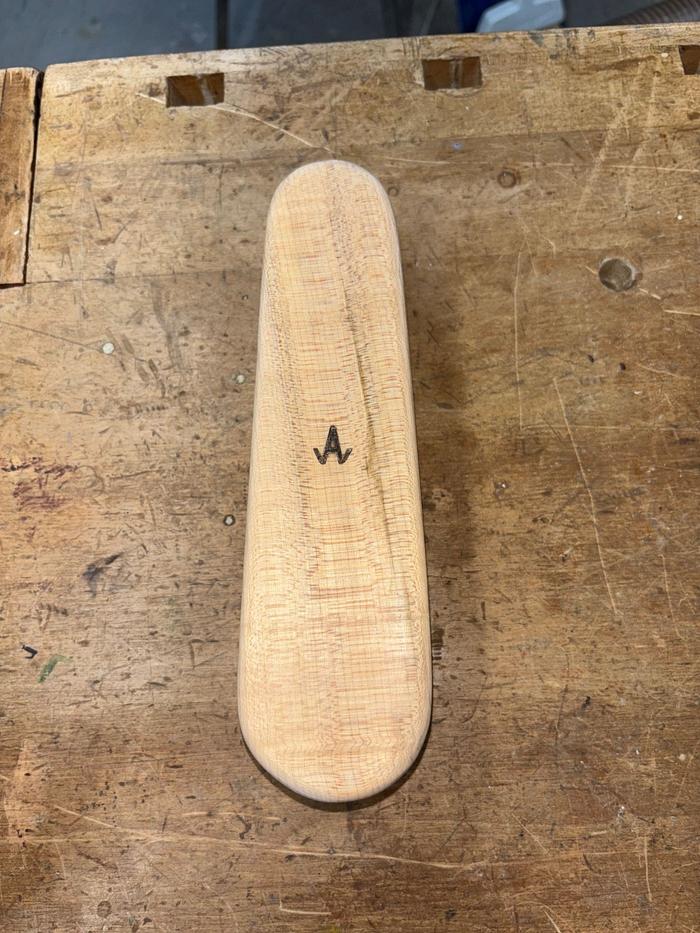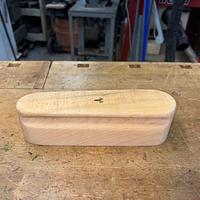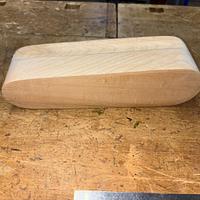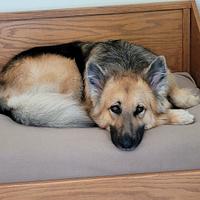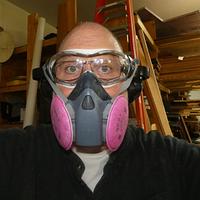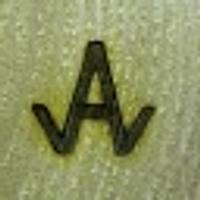
hairy
in about 3 years
More from hairy
Tailor's clapper
This is by request. She's a beginning quilter. This piece is a test. She is a small person, this is on the small side of what I discovered about them. We'll take it from there.
It is an old British tailor shop tool. Used after an iron, while assembling a suit. Heat sink / hand press, old school. Quilters use it for the same reason while assembling a quilt.
How to use it I have no association, but she explains it very well. Thank you,Suzy!
I looked for a piece of maple(recommended) with interesting grain. There will be no finish applied.
Tapers 2 1/2" down to 2". 2 1/2" thick x 9 " long. It is sanded very smooth, feels good in the hand. It was a 2 1/2" x 2 1/2 "turning blank
Top has a 1/8" roundover, side has a groove from a bowl bit.
1 skill that has eluded me is using a roundover bit in a router table. It takes me a long time to set up for a 5 second job. I found a $3 router at a yard sale several years ago, it goes in a drawer just like this. Chuck it in the vise, use it, put it away, takes about that long.
There's roosters laying chickens,and chickens laying eggs... John Prine
15 Comments
working with my hands is a joy,it gives me a sense of fulfillment,somthing so many seek and so few find.-SAM MALOOF.
Ron
"Duck and Bob would be out doin some farming with funny hats on." chrisstef
I saw some with a handle, about as tall as they are long.
The clappers I saw for sale are longer and wider.
There's roosters laying chickens,and chickens laying eggs... John Prine
The Other Steven
Like others, never heard of a clapper aside from the thing to turn lights on and off.
There is the caveman clonker, usually a rock or club, but your clapper would fill that role.
James McIntyre
There's roosters laying chickens,and chickens laying eggs... John Prine
Regards Rob
There's roosters laying chickens,and chickens laying eggs... John Prine








